
NATURE OF MALAYSIA 2010
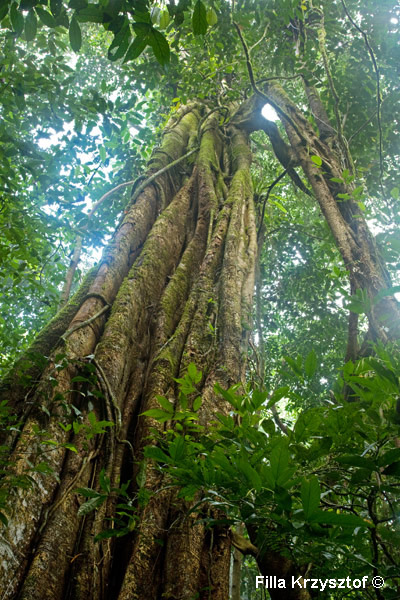
^ ^^^

^ ^^^

^ ^^^
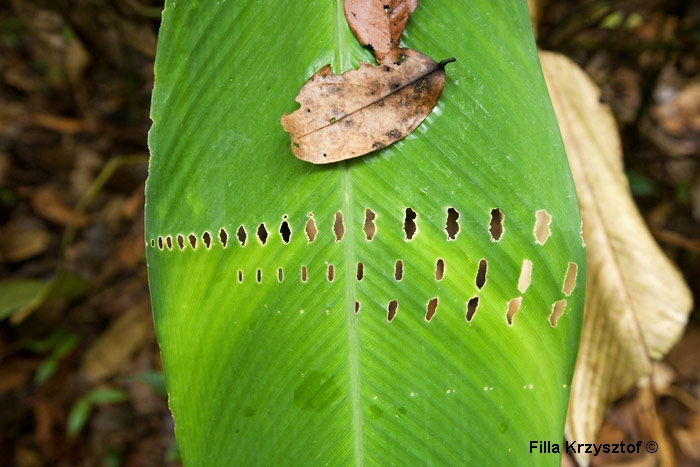
This peculiar pattern of holes on some leaves is characteristic for South East Asia, most likely made by some caterpillar.
^ ^^^
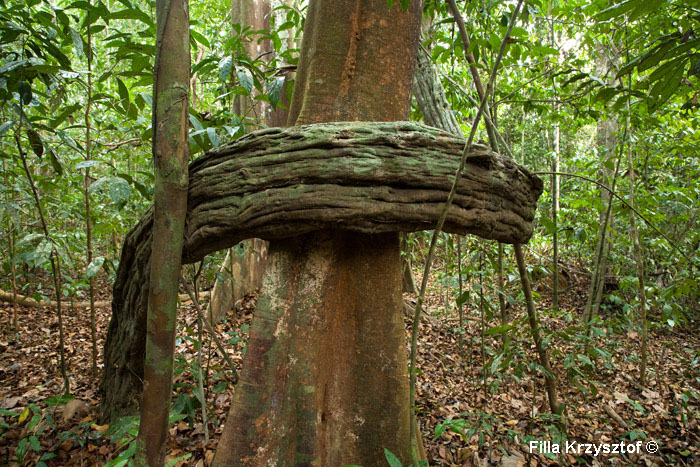
^ ^^^

The Paradise Tree Snake (Chrysopelea paradisi). In Borneo there is the largest number of gliding animals from gliding squirrels to gliding lizards and frogs. The snake is one of them. It climbs a tree in search if a prey and when reaching the top, it flattens its body and thrusts it into the air gliding in a chosen direction. Depending on a tree it can glide a distance of up 100m.
^ ^^^
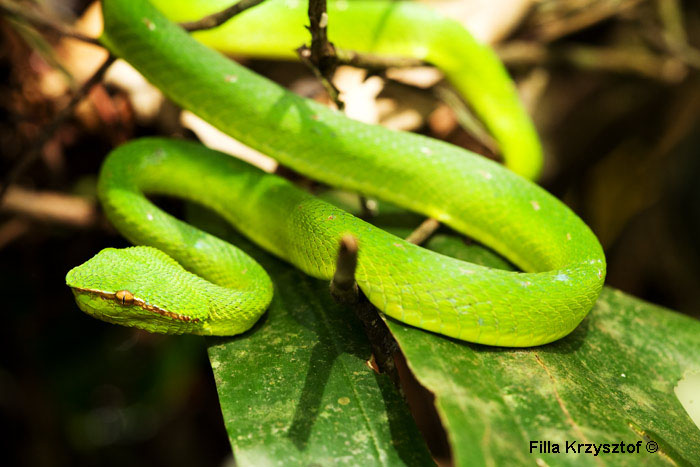
A juvenile Bornean Keeled Green Pit Viper (Tropidolaemus subannulatus).
^ ^^^
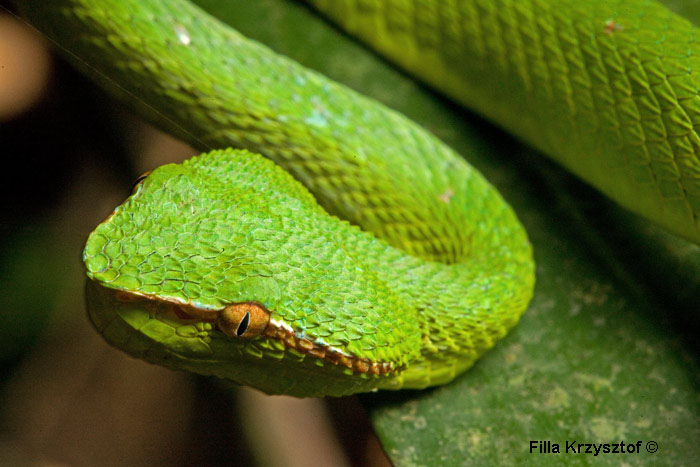
A juvenile Bornean Keeled Green Pit Viper (Tropidolaemus subannulatus).
^ ^^^
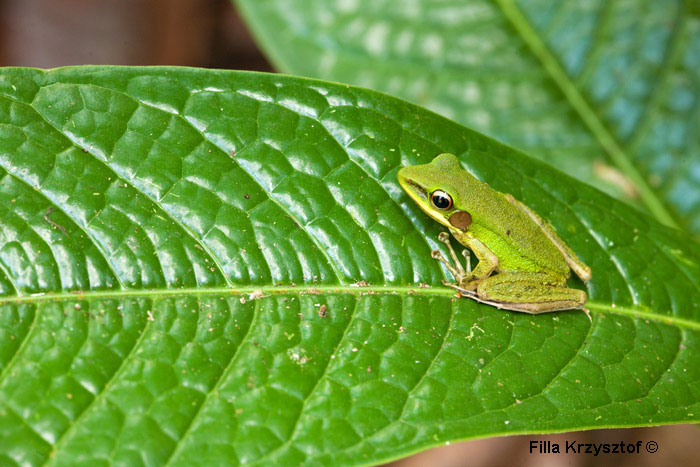
^ ^^^
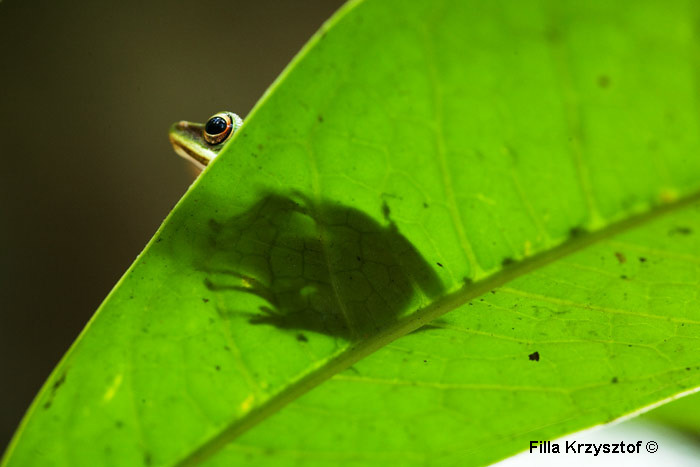
^ ^^^
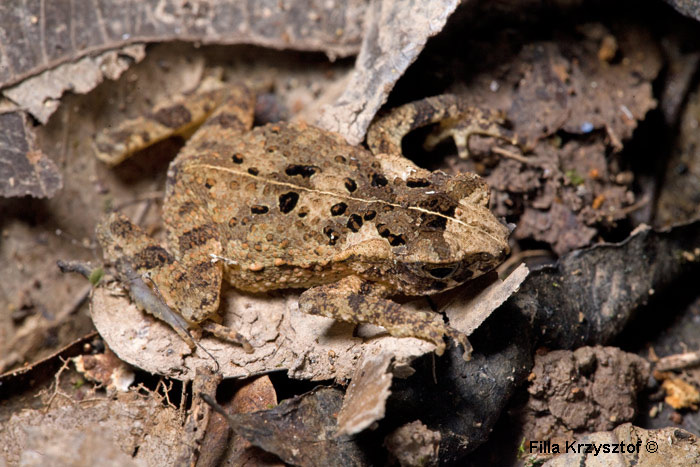
Frogs like this are the masters of camouflage. Most frogs in the tropical forest are nocturnal but those are so inconspicuous when staying among rotting foliage that they can move around during the daylight unnoticed. Therefore these frogs are called the leaf litter frogs (Megophryidae).
^ ^^^
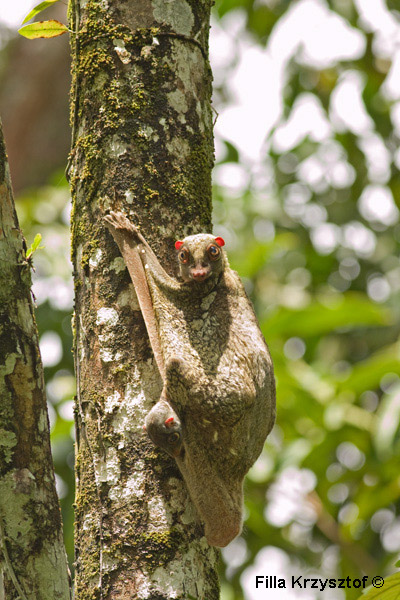
The flying lemur (Galeopterus variegatus).
Sometimes called the flying cat, which actually does not fly but glides from tree to tree. They lead nocturnal life but this female with her young displayed her aerodynamical skills during the broad daylight
^ ^^^

The flying lemur (Galeopterus variegatus). This arboreal nocturnal mammal has folds of skin on each side from the neck to the tail that unfolds during long gliding leaps.
^ ^^^
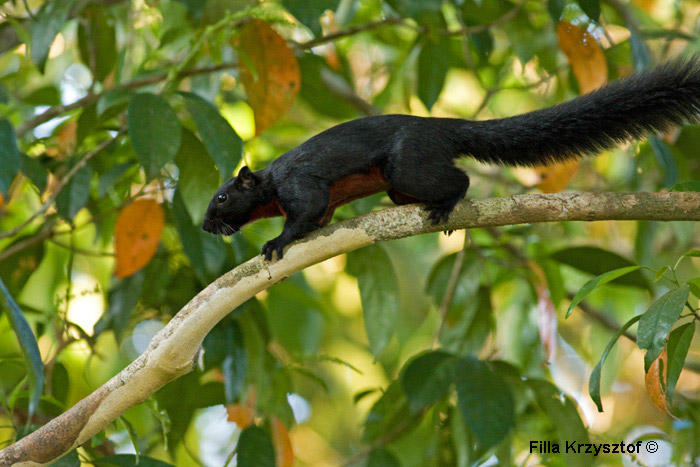
^ ^^^
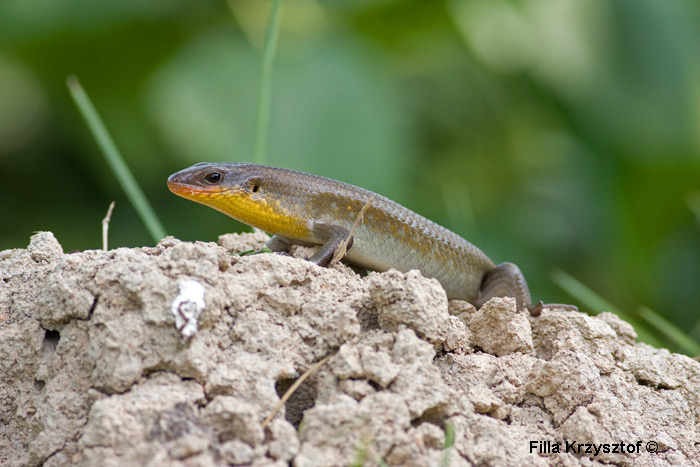
The Common Sun Skink (Eutropis multifasciata). Skinks are lizards too but their main characteristics are the slick and often colorful body. They have short legs and neck but often a long tail. They are referred to, as the intermediate evolutonary link between snakes and lizards.
^ ^^^
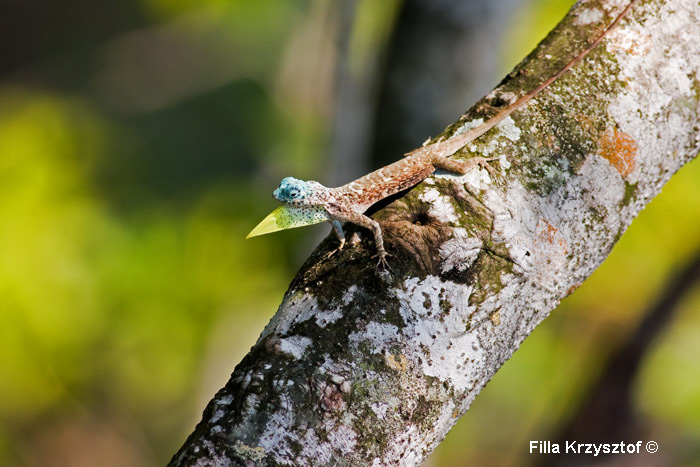
The Common Gliding Lizard (Draco sumatranus). It is another member of critters and one of the most common in SE Asia with the ability to glide in the air from tree to tree. It has skiny flaps on both sides of its body that when opened serve as wings in his silent flight. They also have a flap of brightly coloured skin on the bottom of their necks called a dewlap that they use for communication. For example to deter a rival or attract a female.
^ ^^^
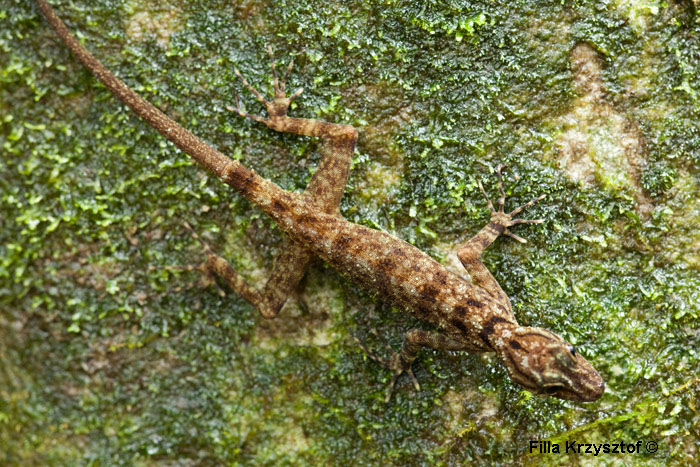
^ ^^^
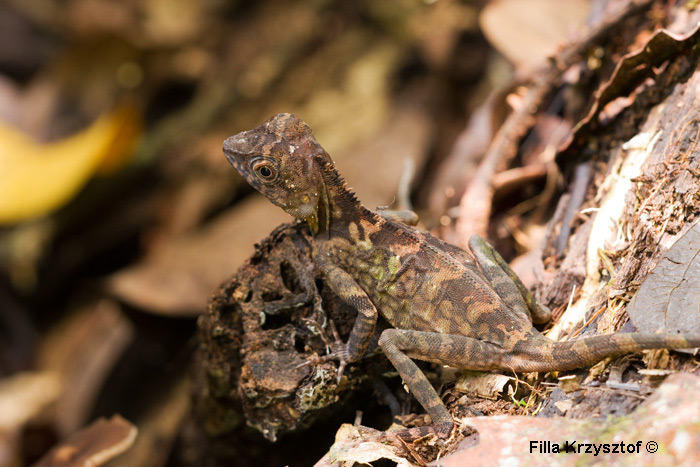
^ ^^^
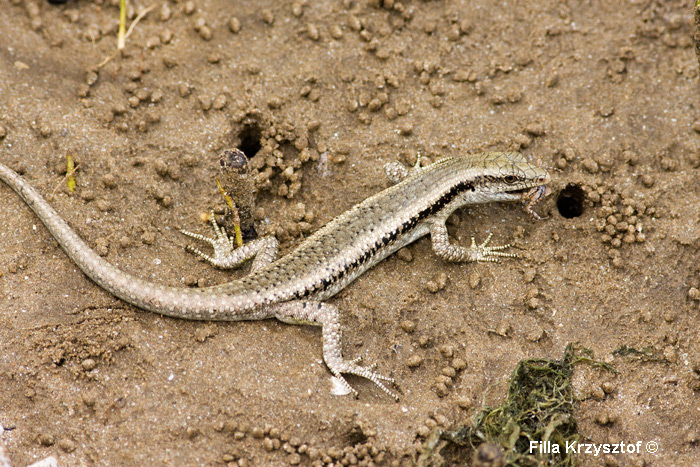
The Mangrove Skink (Emoia atrocostata). The reptile inhabits uncommon habitats for its kind. Mainly costal tidal zones where it hunts for little crustaceans as it is seen in the picture. The lizard was on the prowl by the holes and when the little crab appeared in its range it was snatched by the lizard.
^ ^^^
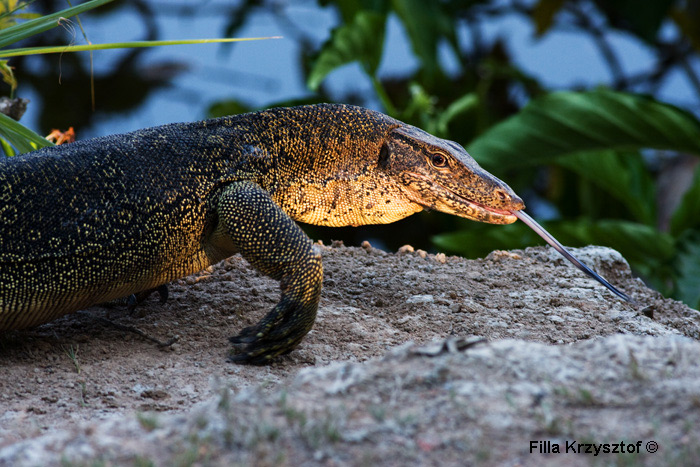
The Malaysian water monitor lizard (Varanus salvator). Monitors are mostly terrestrial. They occur in many habitats. I have seen them in forests, rice paddies and as well swimming in the seas. Despite their size up to 3 m. they are very timid animals, often fleeing when approached. They original name "waran" derives from Arabic language which means dragon.
^ ^^^
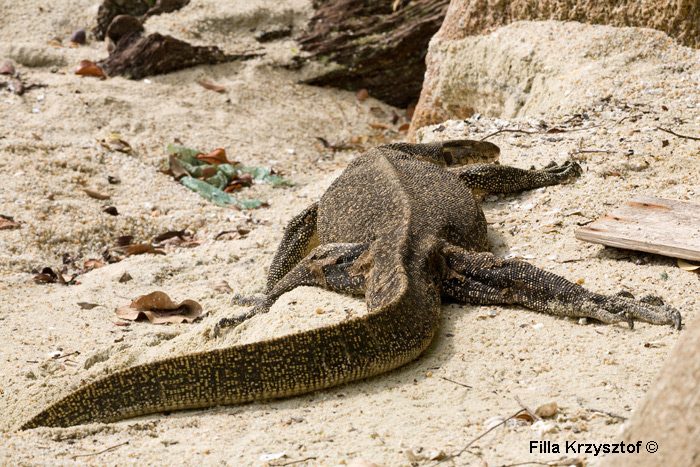
Monitor lizard (Varanus salvator). The protection status falls as "the least concerned" but unfortunately their numbers systematically dwindle as in many countries they are killed for variety of purposes such as food, medicine, aphrodisiac or leather.
^ ^^^
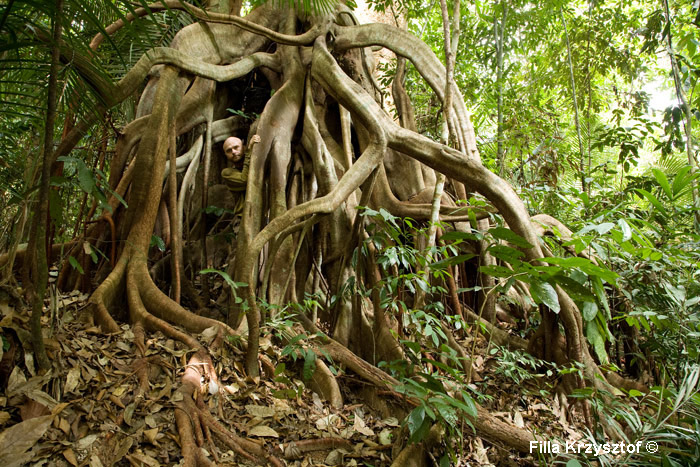
Many tropical rain forest possess no permanent soil or humus due to the torrential downpour that washes away newly decomposing matter. Plants and in particular trees need a way to anchor themselves in the ground. One way for the bigger trees is the development of prop roots that ensure the stability.
^ ^^^
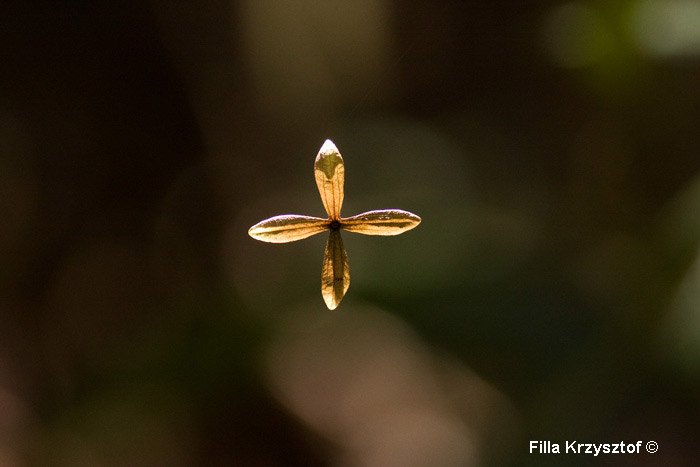
^ ^^^
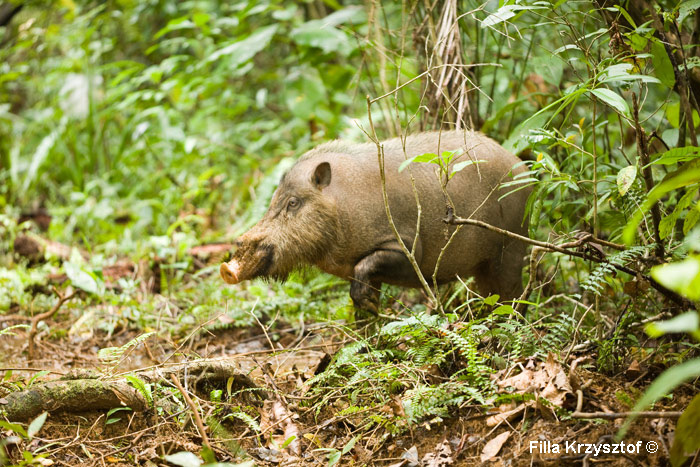
The Bearded Pig (Sus barbatus).
^ ^^^

A wild boar.
^ ^^^
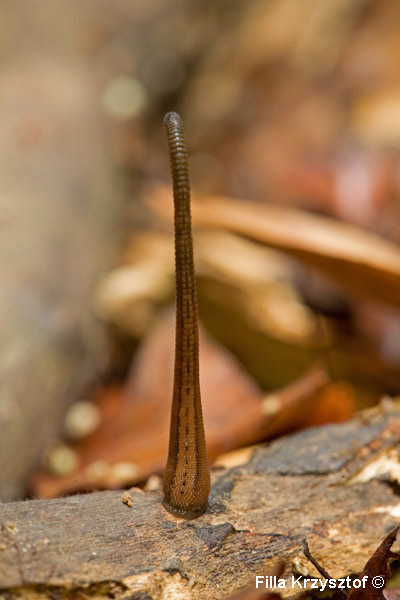
Leeches are very numerous in warm and humid forests. Especially after rain there is one lurking at every step. They are attached to leaves and twigs standing in straight position waiting for a passing mammal. The moment they detect a warm-blooded creature they nimbly swirl around to get a hold of the potential blood donor.
^ ^^^

Lang Cave. Malaysia is a paradise for cave explores. It has some of the finest and largest caves in the world.
^ ^^^

Rock formation at the entrance to the deer cave. Some people call it Abraham Lincoln's face.
^ ^^^
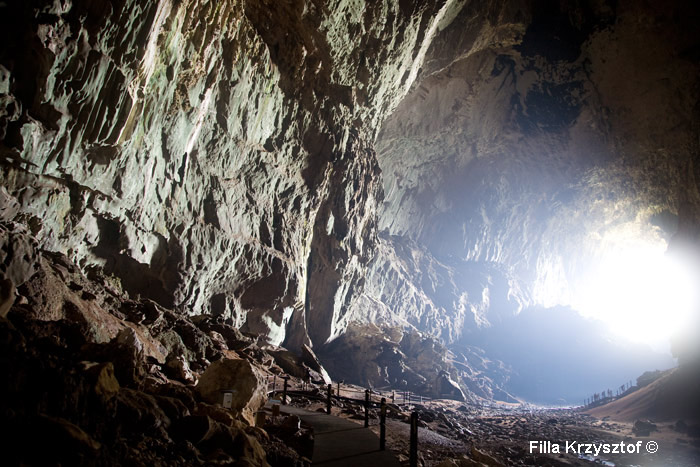
Dear cave had the largest cave chamber in the world with dimensions 174 m. in width and 122 m. in height. In 2009 the leading title of the biggest cave camber has been taken by Hang San Doong cave in Vietnam.
^ ^^^
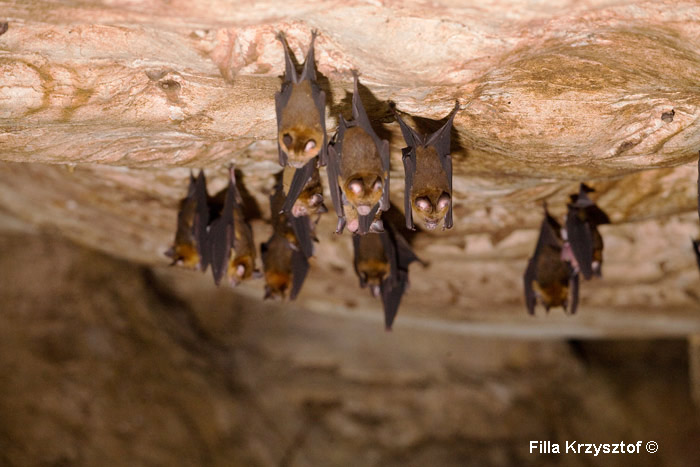
Bats are one of the most common inhabitants of caves.
^ ^^^

A young bat fell down on a ground (guano) and was eaten alive by cave insects.
^ ^^^

An entrance to the deer cave. Two streams of bats flying off the cave for night feeding. It is estimated that around 3 millions of bats take off every evening in search of insects.
^ ^^^
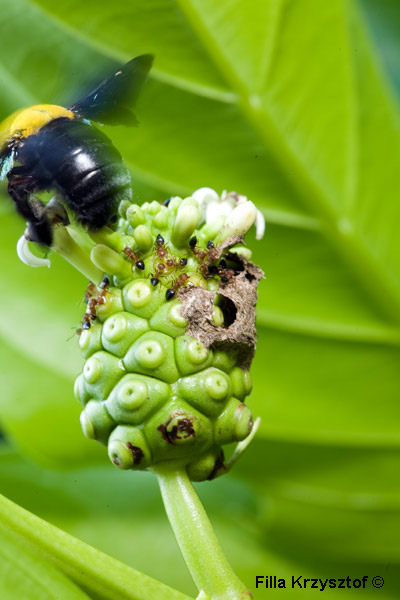
Noni (Morinda citrifolia). The fruit is attractive to weaver ants which make nests out of the leaves of the tree. These ants protect the plant from some plant-parasitic insects.
^ ^^^
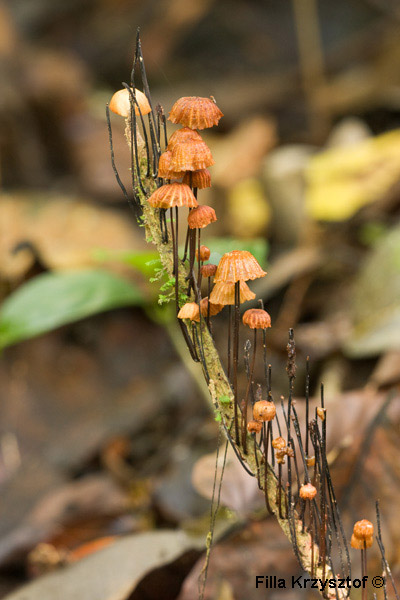
^ ^^^

^ ^^^
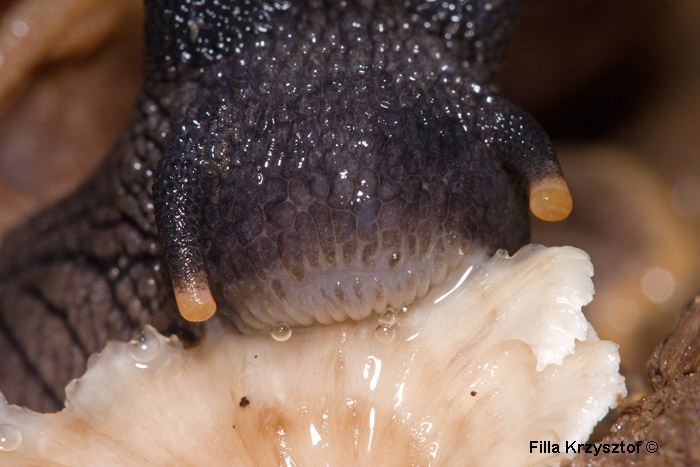
^ ^^^

^ ^^^

A stick insect.
^ ^^^
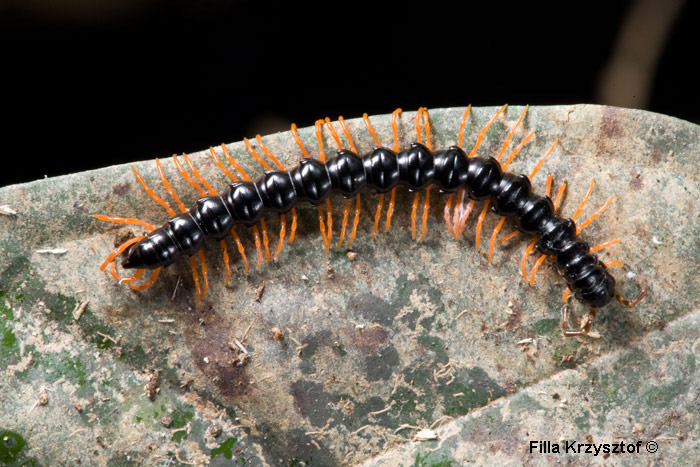
^ ^^^
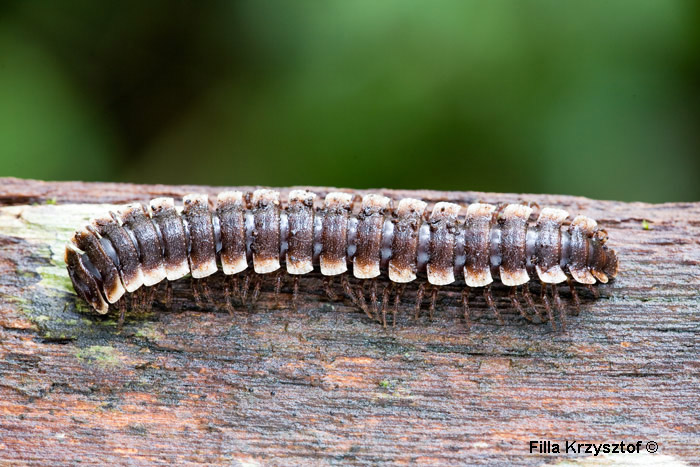
A tractor millipede.
^ ^^^
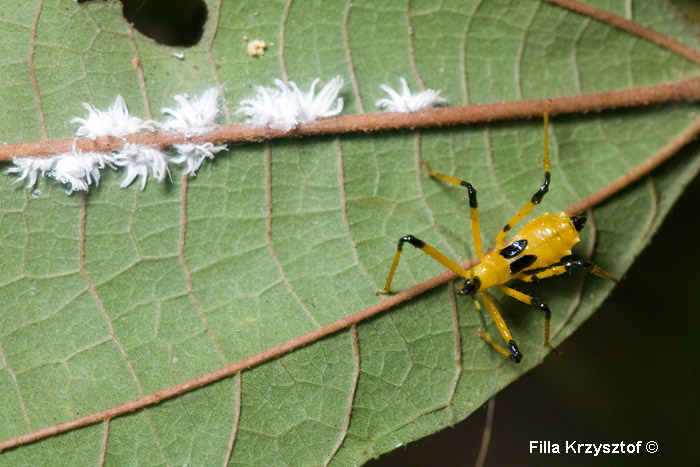
^ ^^^
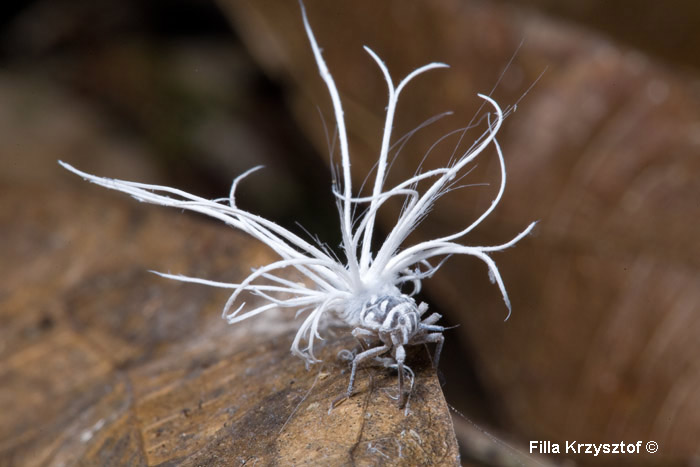
This is the "nymph" of a Fulgoroid plant-hopper insect (Flatidae nymph). It turns into an insect with a completely different shape as adult. Because of its appearance it is nicknamed a "Cotton Bug". Its body is covered with waxy filaments that look like cotton threads. It can jump when threatened. The white threads serve as a second line of defence. When caught i.e by a bird, its filaments remain in the beak of the birds and the insect makes off.
^ ^^^

When disturbed, the Pill Bug rolls itself up into a tiny, tight ball which protects her from predators. They feed on moss, algae, bark and other decaying organic matter.
^ ^^^
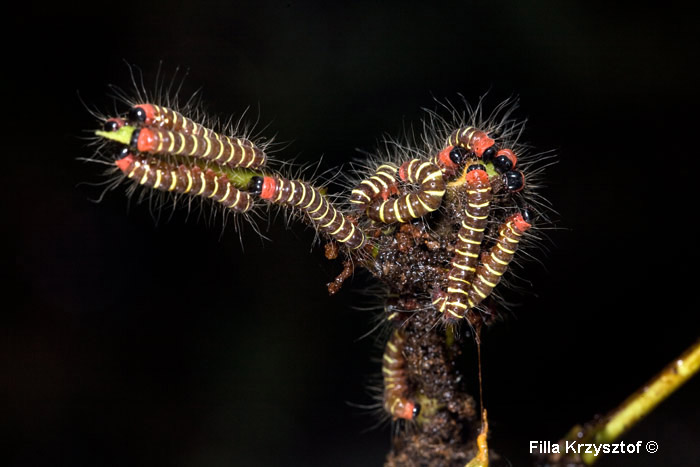
^ ^^^
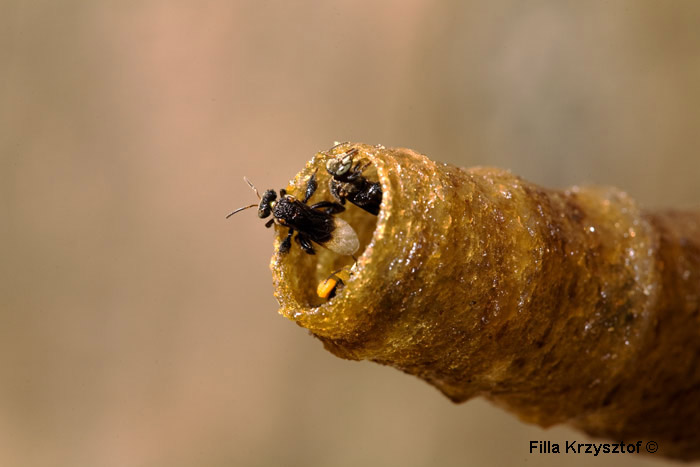
Entrance to a bee hive of wild bees. These insects search for an adequate size opening in a tree trunk, which plaster with wax in the shape of a funnel and prolonged pipe that serves as an entrance to the hive. The waxy pipe usually protrude about 10 to 30 cm from the bark.
^ ^^^
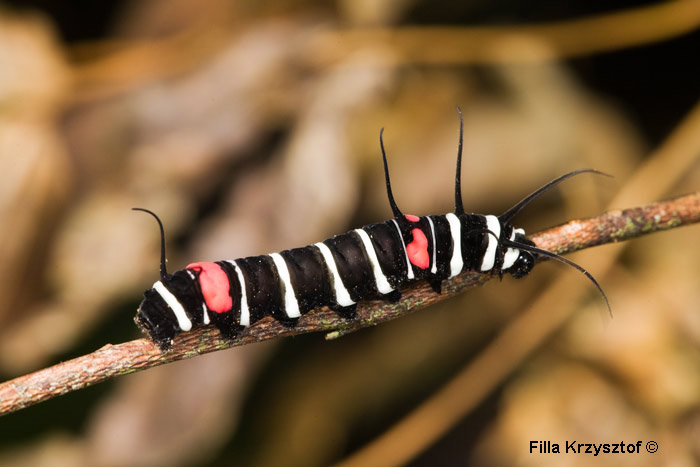
^ ^^^
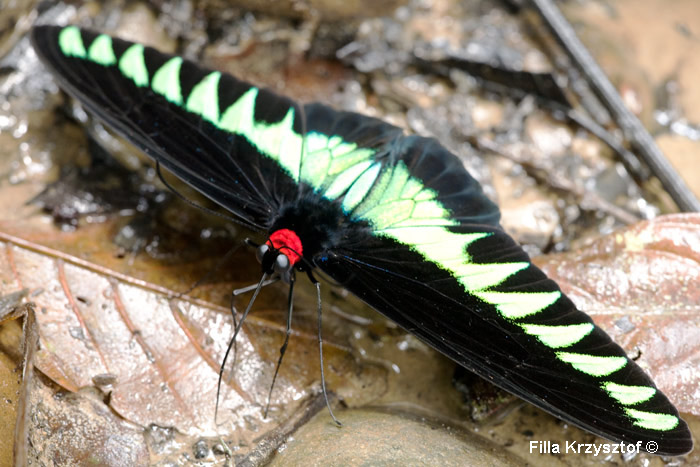
The Rajah Brooke's Birdwing (Trogonoptera brookiana).
^ ^^^
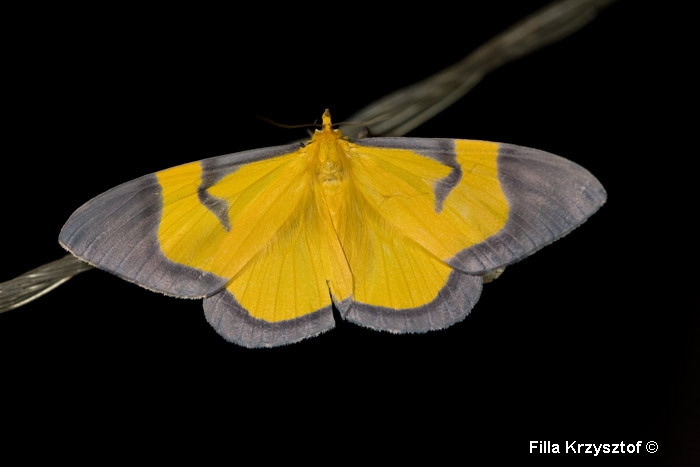
A moth.
^ ^^^
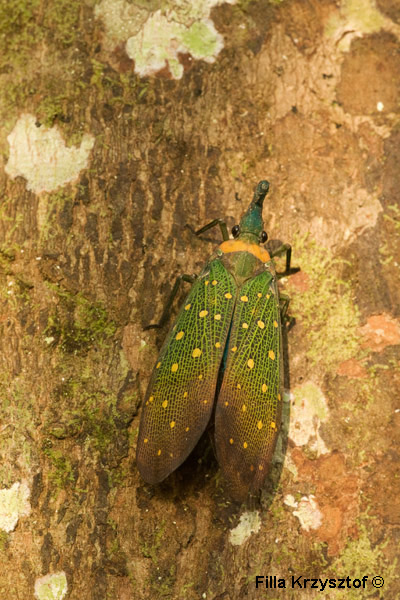
A Lantern Bug (Pyrops whiteheadi)
^ ^^^
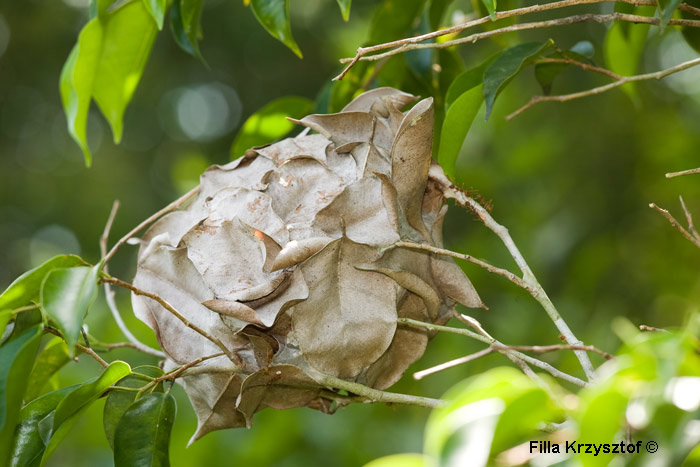
Weaver ants. They build their nest in way where workers construct nests by weaving together leaves using larval silk.
^ ^^^
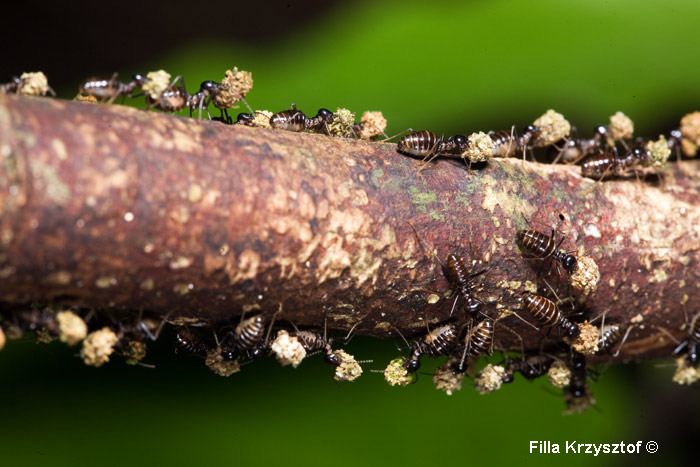
Termites are a vital element in the ecosystem of forest. Most of them feed on decaying wood, which they granulate and carry to their nest sometimes for a few dozens of meters. In their guts there are bacteria and flagellates that decompose cellulose. Considering the hard work of termites their life span is quite impressive. A worker termite can live for 1 to 4 years and some queens reached 50 years.
^ ^^^
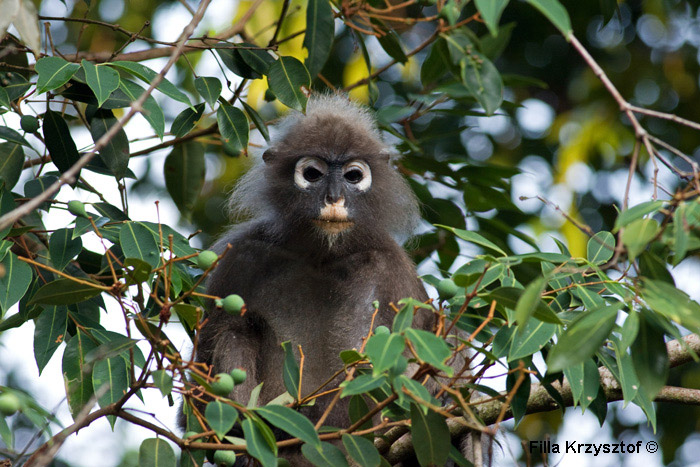
The dusky leaf monkey (Presbytis obscura), alternatively known as spectacled langur or spectacled leaf monkey. Occurrence of these monkeys is limited to the Malaysian peninsula and a few adjacent islands. They are herbivores (folivores) and generally feed upon young leaves, fruits, shoots and seedlings. They are hunted for their meat throughout their range. Like most animals, they also suffer from loss and degradation of their natural range because of urbanization, agriculture as well expansion of oil palm plantations. This species’ numbers today are continually decreasing and are classified as Near Threatened (NT) on the IUCN Red List.
^ ^^^

The Silvery lutungs (Presbytis cristatus) also known as the silvered leaf monkey are born with brown fur and with white hairless skin on the face. The fur changes for the adult pattern after three to five months after birth.
^ ^^^
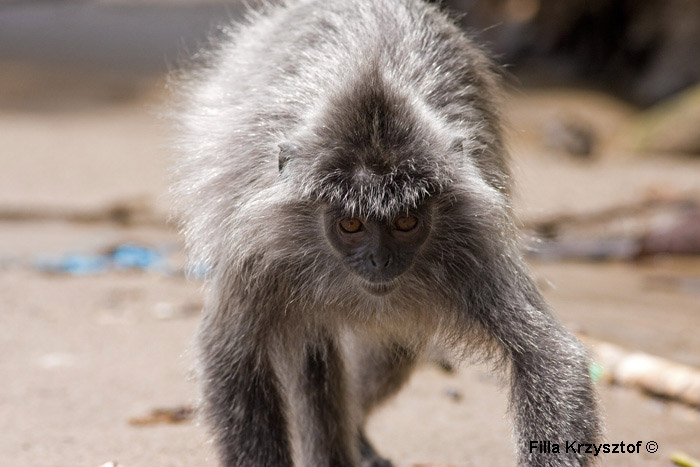
Silvery lutung (Presbytis cristatus) at a beach. Their preferred natural environment is coastal forest or mangroves. They inhabit islands of Borneo and Sumatra as well west coast of Malay peninsula.
^ ^^^
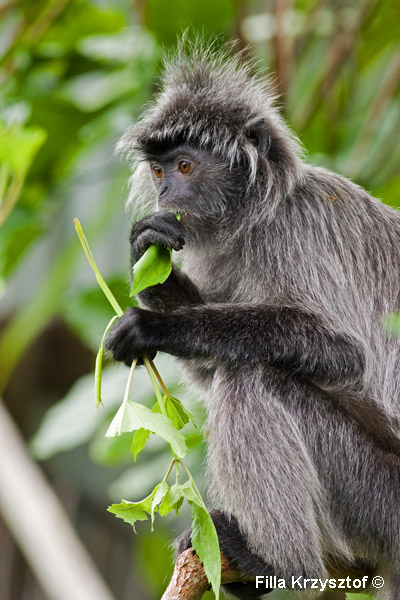
The silvery lutung (Presbytis cristatus) is herbivores (folivores) and its diet consist mainly of leaves. It has a large three-chambered stomach to digest the cellulose found in its herbiverous diet. This allows for fermentation of food, and has some similarities with the stomach of ruminants like cows.
^ ^^^
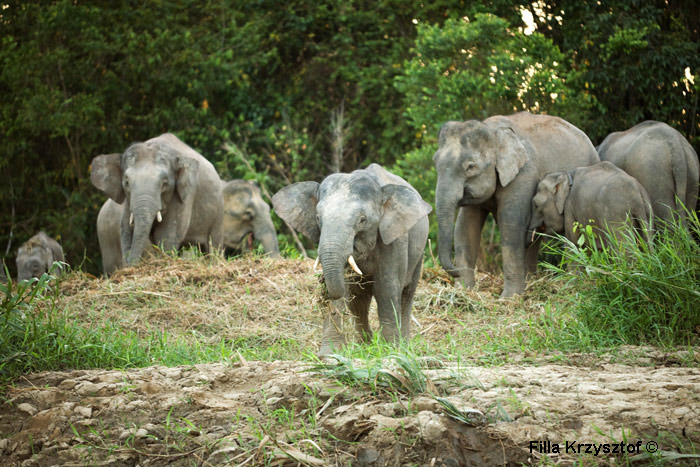
A herd of about 20 Borneo pygmy elephants. Borneo elephants are the smallest of all elephants.
^ ^^^
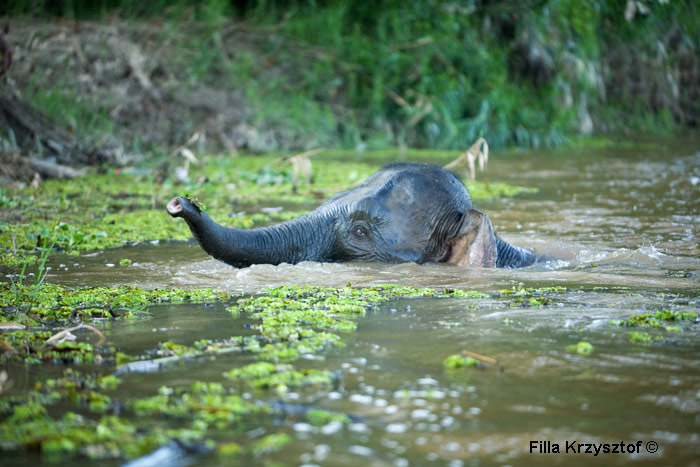
These elephants roam along the Kinabatangan river in a narrow strip of riparian forest that is surrounded by oil palm plantations. This is the reason why guides guarantee seeing them as the elephants have no place to go.
^ ^^^
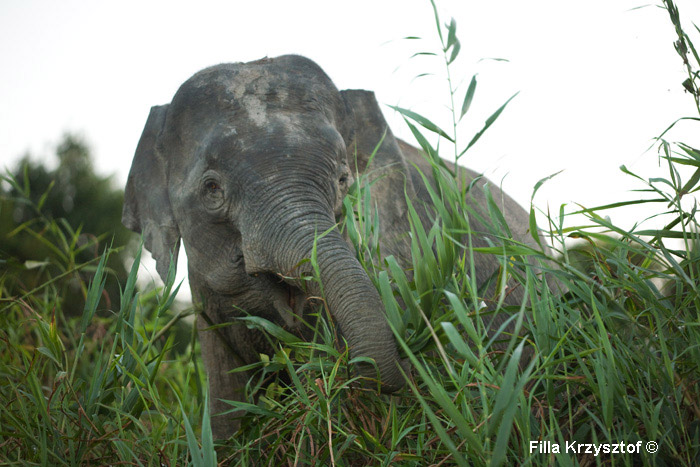
Once roaming across the whole island of Borneo, now they try to make a living in small part of sabah state. And as the deforestation of the Island and the state continues their population is getting smaller and smaller.
^ ^^^
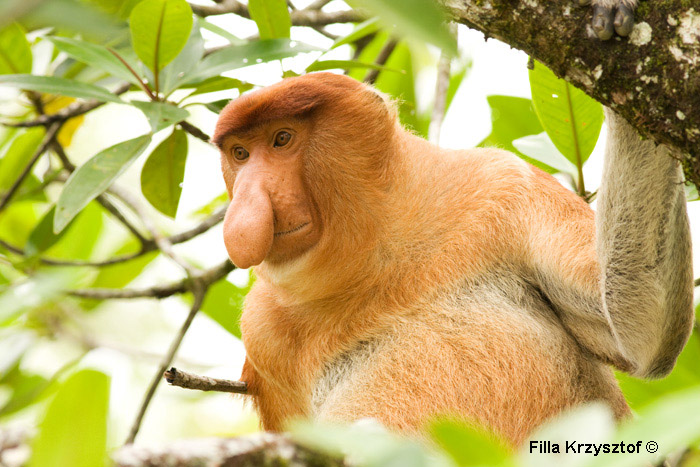
The Proboscis monkey. Their characteristic features are the big nose and their belly. Males like the one in the picture have much bigger nose than females which find this attribute highly attractive.
^ ^^^

A female proboscis monkey. This type of monkey is endemic to Borneo that means they live exclusively in the island of Borneo in their natural habitat. But like many animals in south-east Asia due to intensive deforestation this monkey is as well on the list of endanger species.
^ ^^^
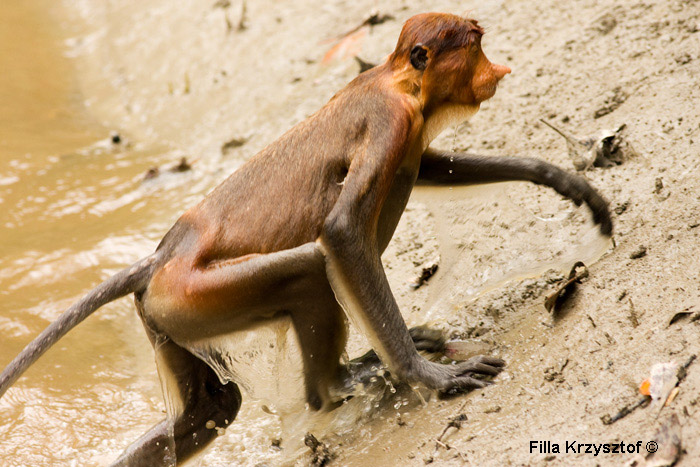
Unlike other moneys, proboscis monkeys are very proficient swimmers.
^ ^^^
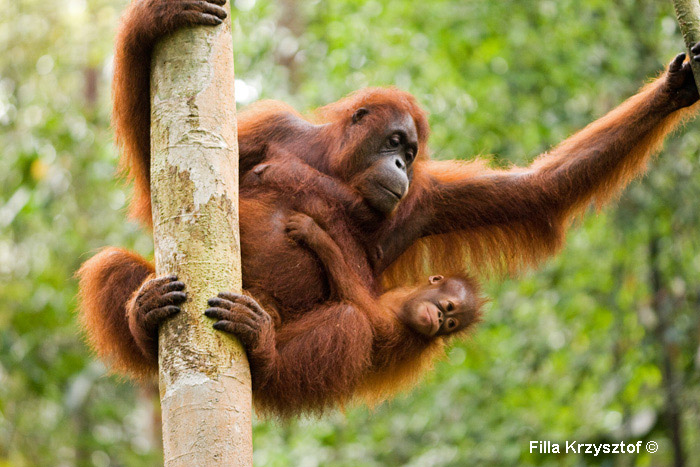
A female orangutan and her young. Another endangered species on Borneo. The apes are native exclusively to Borneo and Indonesian Sumatra. There is a slight deference between the Bornean and Sumatran.
^ ^^^
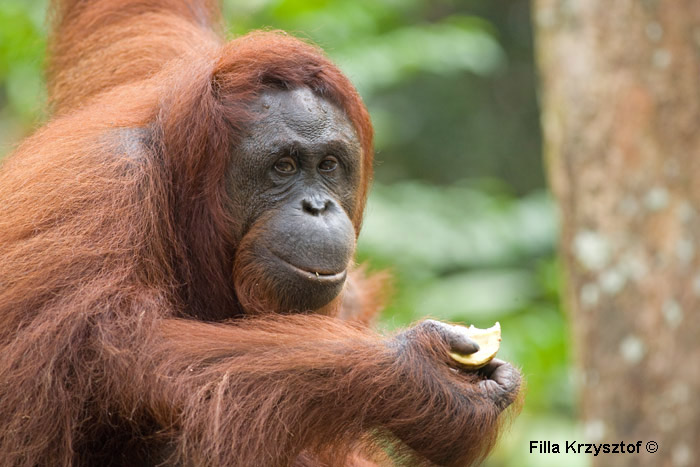
Their diet consists mainly of fruits found in the forest. But their home (rainforst) is shrinking year by year and the fruits are out of season, therefore some appropriate organisations provides supplementary feeding.
^ ^^^
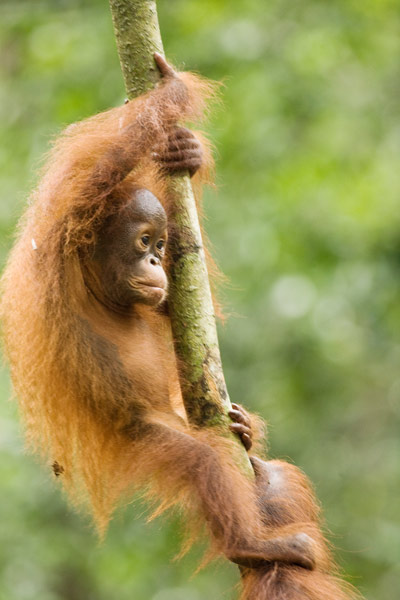
A young orangutan.
In the Malay language the word "orangutan" means "orang" (man) and "(h)utan" (forest); hence, "man of the forest".
^ ^^^
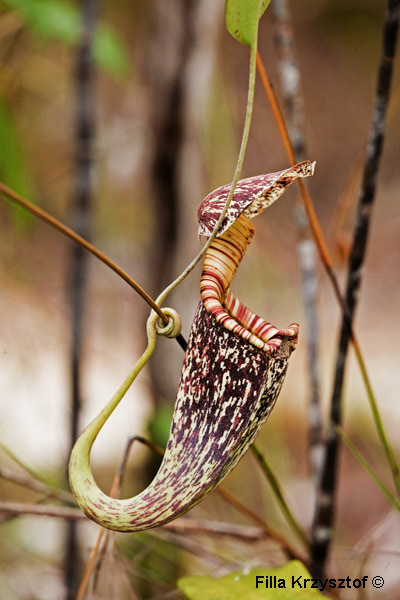
These carnivores plants have adapted to living in too acidic, barren, depleted in minerals soils by modifying their prolonged leaves into a tube-like shapes called pitchers. These pitchers are nothing else than pitfall traps that lure insects which fall inside and drown in the liquid with digestive enzymes or bacteria. In this way the plants make up for the lack of minerals mainly phosphorus and nitrogen.
^ ^^^
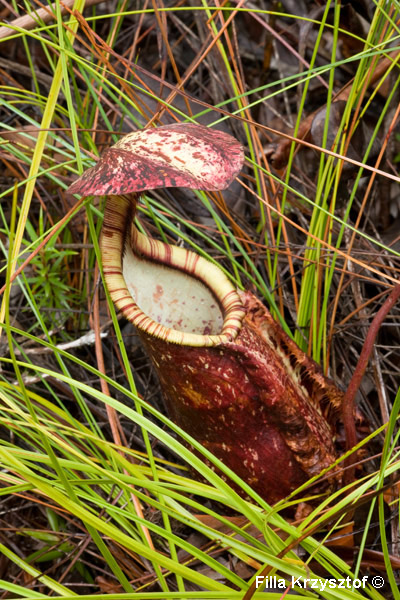
There are about 150 discovered species of pitcher plants. The reach in biodiversity flora of tropical Borneo accomodates almost half of the world's species. Many of these unique plants were never discovered as they had been eradicated from the planet along with removal of their habitat to make way for oil palm plantations.
^ ^^^
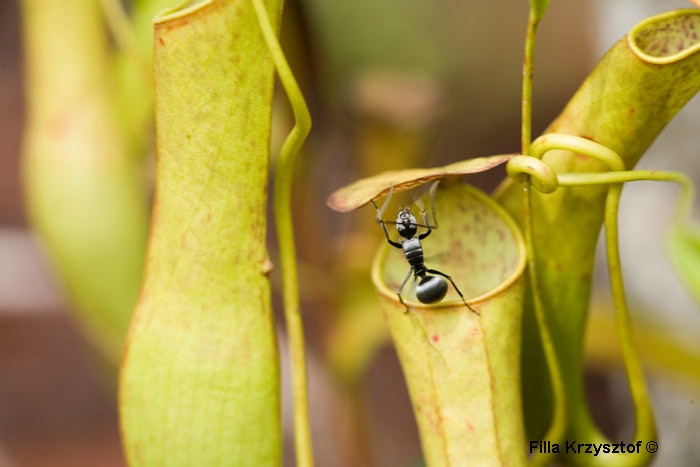
Some pitcher plants developed mutualistic relationships with some animals for example ants (Colobopsis schmitzi), bats (Kerivoula hardwickii), rats (Rattus baluensis) or mountain tree shrews (Tupaia montana). All of these animals have one thing in common, they treat the pitchers as a public convenience and their excretions serve as sustenance for the plant.
^ ^^^

A pitcher plant.
^ ^^^
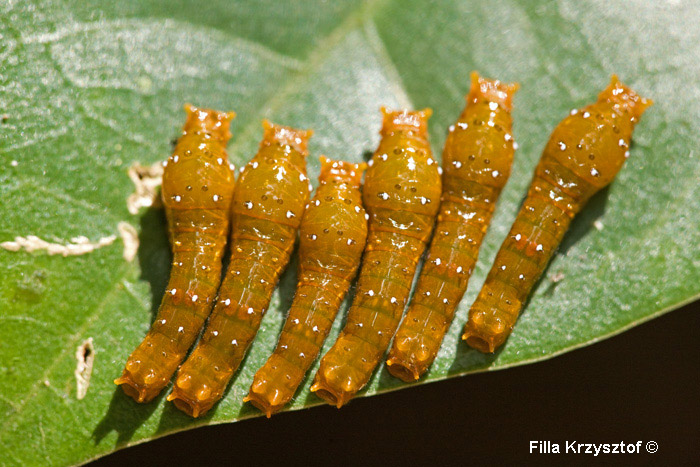
^ ^^^
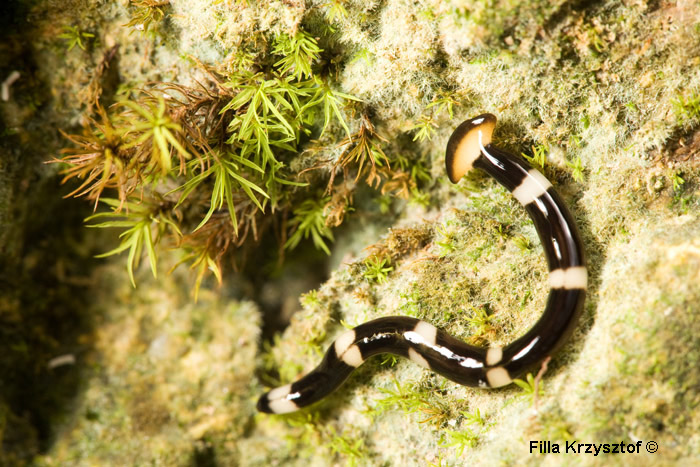
A flat worm.
^ ^^^
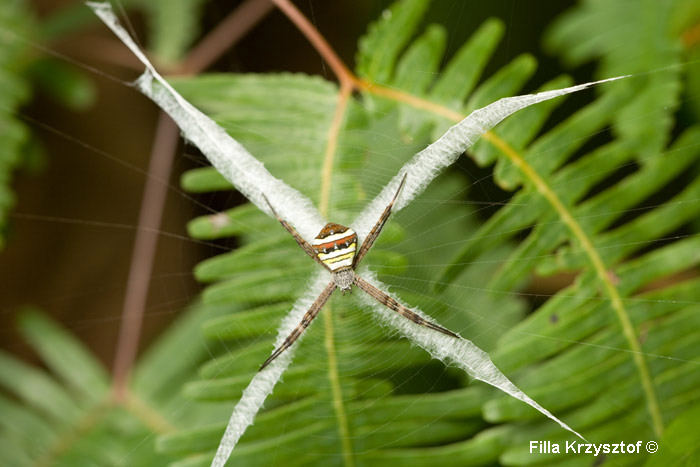
The St Andrew's Cross spider (Argiope keyserlingi).
^ ^^^

^ ^^^

^ ^^^
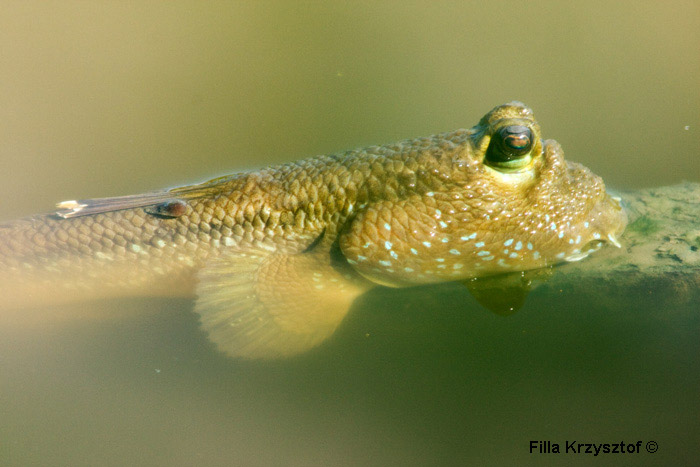
A mad skipper.
^ ^^^
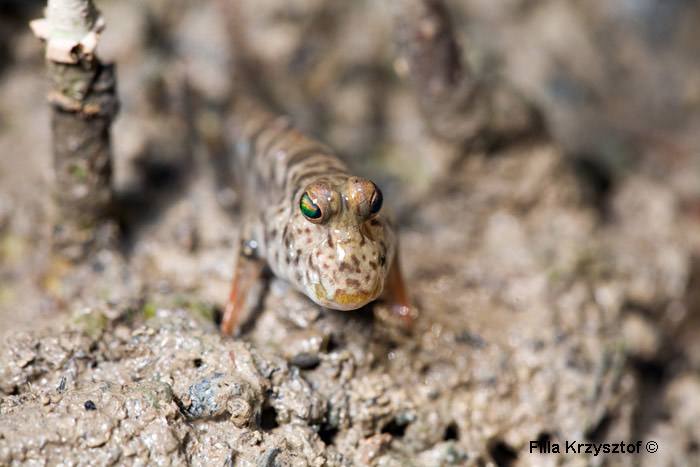
A mad skipper.
^ ^^^

Mangrove forest.
^ ^^^
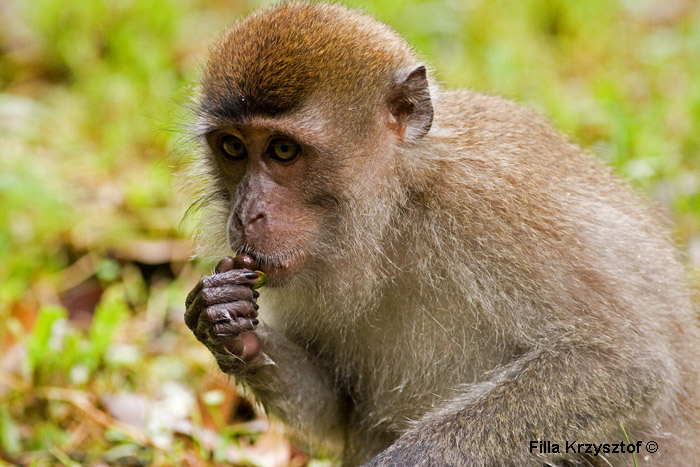
A macaque.
^ ^^^
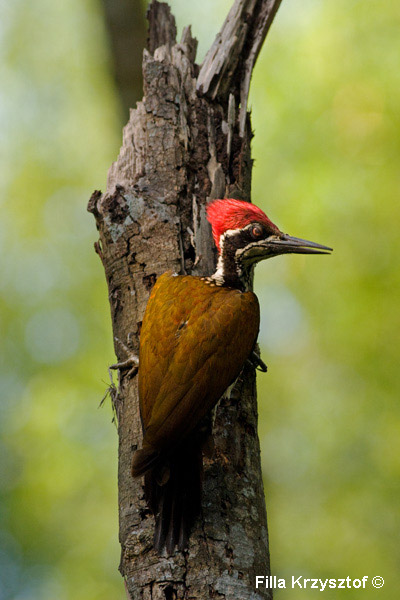
The Greater Flameback (Chrysocolaptes guttacristatus).
^ ^^^
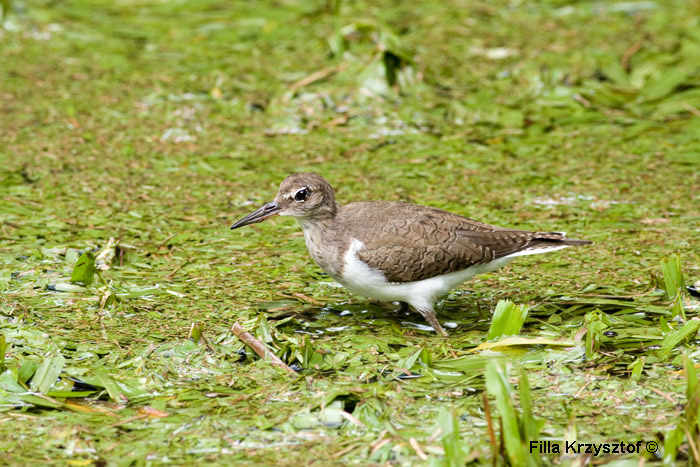
The Common Sandpiper (Actitis hypoleucos).
^ ^^^
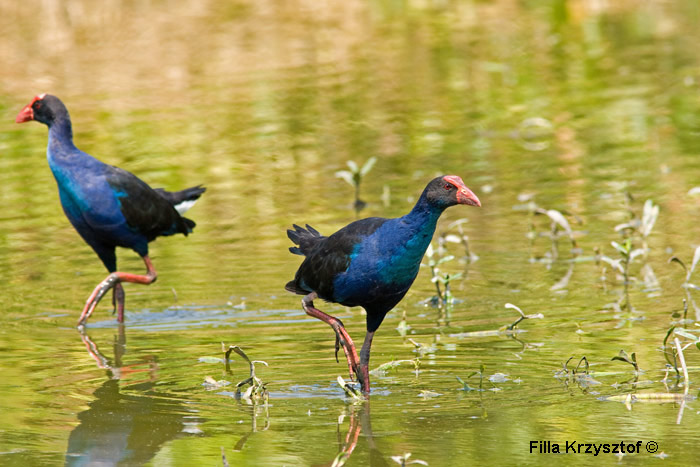
The Purple Moorhen (Porphyrio porphyrio).
^ ^^^

^ ^^^

An otter.
^ ^^^
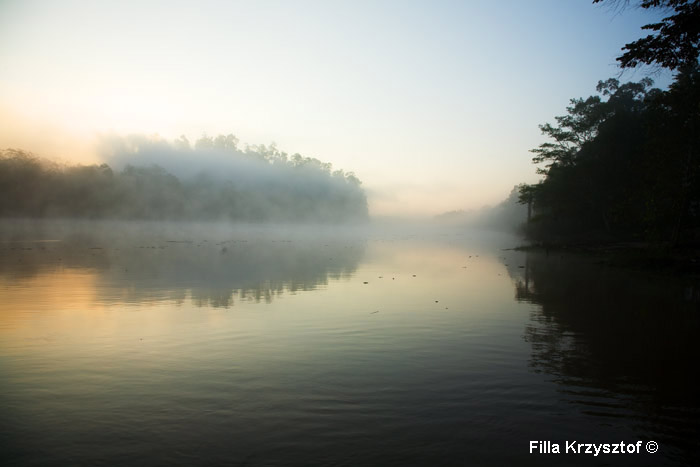
A daybreak over the river Kinabatangan in Sabah state.
^ ^^^
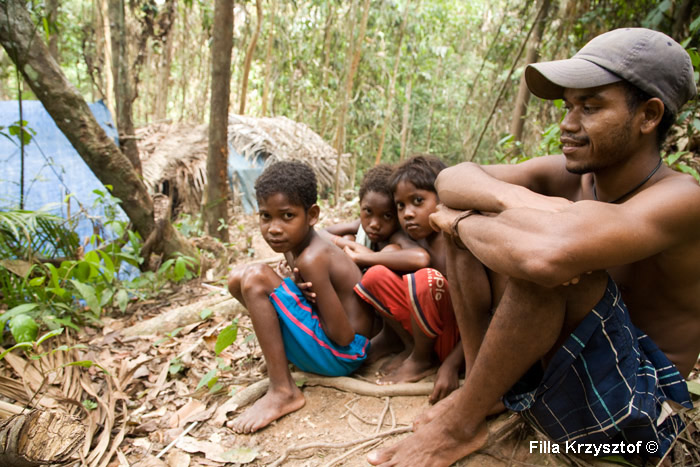
The Orang Asli People are indigenous tribes who live a traditional life in forest. .
^ ^^^
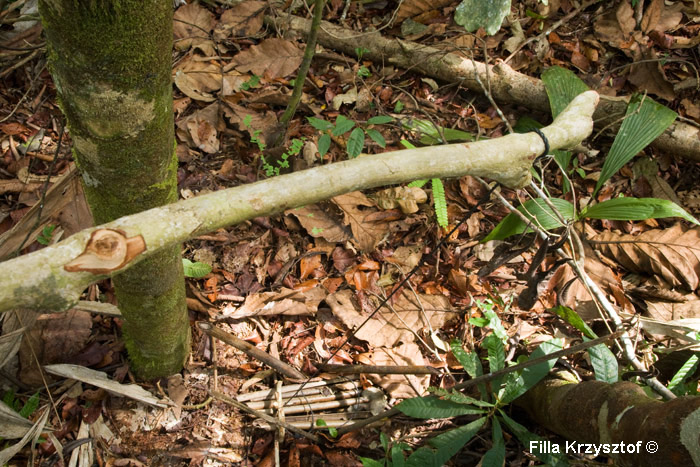
A snare in forest.
^ ^^^

For cultivation of oil palms the forest is cut down. Then just the big logs are taken to the industry and the rest is left to burn. Before it gets into the flames the terrain has to be drained and dried up.
^ ^^^
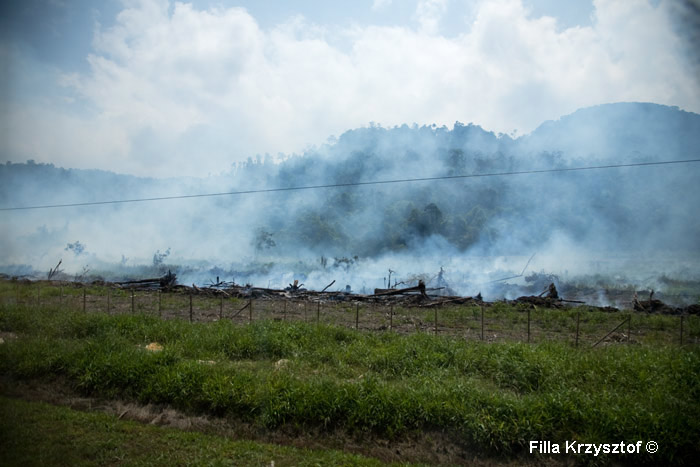
Burning forest. Land preparation for oil palm plantation.
^ ^^^
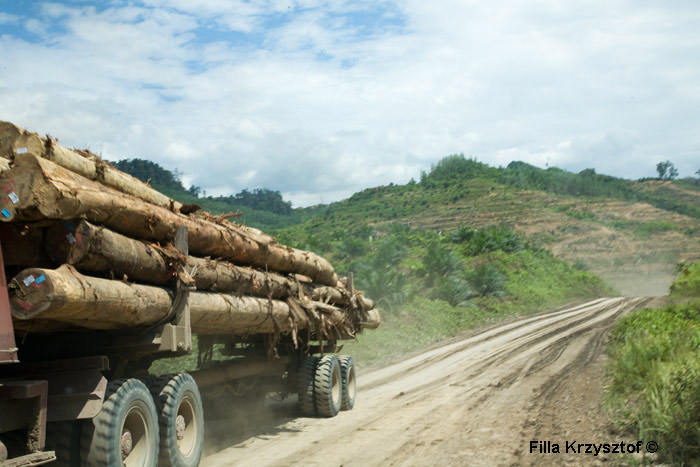
A common sight on Malaysian roads especially on Borneo where the island lost 88% of it's virgin forest and state like Sarawak 95%.
^ ^^^
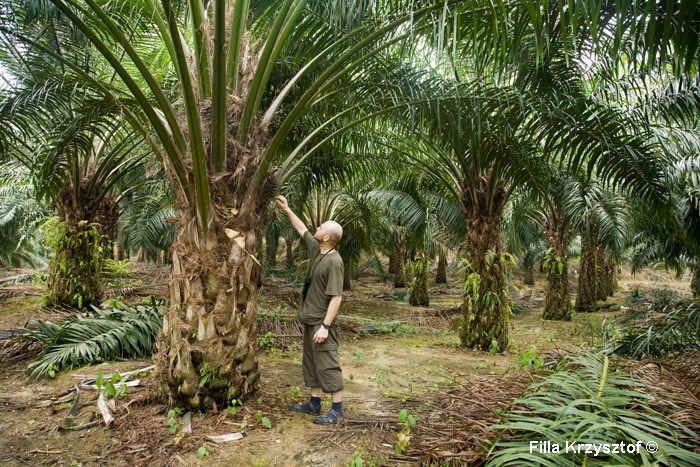
The oil palms (Elaeis). It is the most common tree in Malaysia. The tree is the main cause of deforestation of rain forest.
^ ^^^
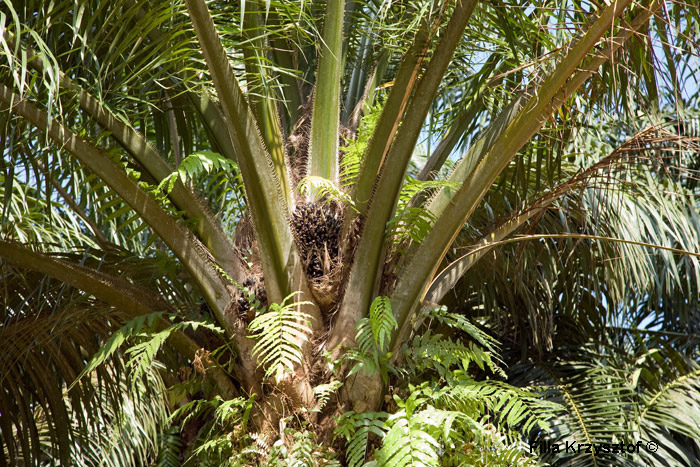
A bunch of fruits on an oil palm. The main product produced from these fruits is oil which is used for manufacturing margarine, soup, cosmetics, etc. But recently auto mobile industry wants to use it as fuel.
^ ^^^




























































































